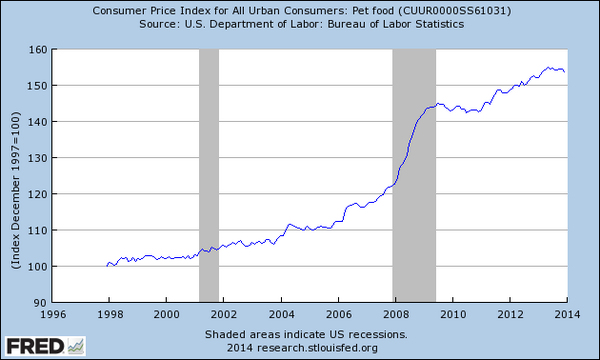Once in a while I will post the monthly and/or yearly car and truck sales data as a point of interest in an economic activity, auto manufacturing that is important industry in the US. (See
HERE and
HERE)
Without fail trucks and SUV's have been the top sellers for quite sometime. I think it you asked most people they would say passenger-type cars (2 door and/or 4 door) were by far the best-sellers.
We underestimate the value of trucks/SUV's as a family vehicle AND one used for business purposes. From personal observation, I believe the two are mixed quite often and the US government through the tax code is very helpful in this regard.
I came across
this link from an accountant informing clients of the advantageous tax benefit from the purchase of an truck/SUV for businesses purposes (link courtesy of
Economix). The accountant gives a nice example of how this works to the vehicle owners advantage:
"...For example, if you bought a new SUV over the 6,000 pound limit for $70,000 and use it 100% for business, you would be able to expense the $25,000 immediately under “section 179” and $22,500 immediately under the 50% bonus depreciation rules. The remaining adjusted basis of $22,500 is then eligible in 2013 for a depreciation deduction of $4,500. This brings your total 2013 deduction on a $70,000 purchase to $52,000..."
So, the owner the vehicle will be able to reduce their taxable income by $52,000 in the year they purchase the vehicle. If they were in the 25% tax bracket (could be a lower or higher bracket) that means their income tax bill will be reduced by $13,000.
This particular tax "break", created by the political system and administered through the tax code, has two goals. One, it lowers the cost of purchasing a work vehicle that allows a business to presumably be more productive. Two, it helps the auto manufacturers (and dealers) to produced and sell more trucks and SUV's.
This is a tax break that has been subject to lots of abuse. A person who buys a truck/SUV and uses it for at least 50% of the time for business purposes is eligible for a tax deduction as well (around $11,500). Go
HERE for a simple explanation of how this works.
That would amount to several thousand dollars in income tax savings for someone who can justify using the vehicle 51% of the time for a business purpose. The other 49% can be for personal use.
Remember that the next time you see a work truck/SUV (blue collar OR white collar) parked at the ball field or some place other than a work site and used for personal reasons.
I am not judging this (or am I?). Only suggesting this COULD BE a contributing reason trucks and SUV's are top sellers.







